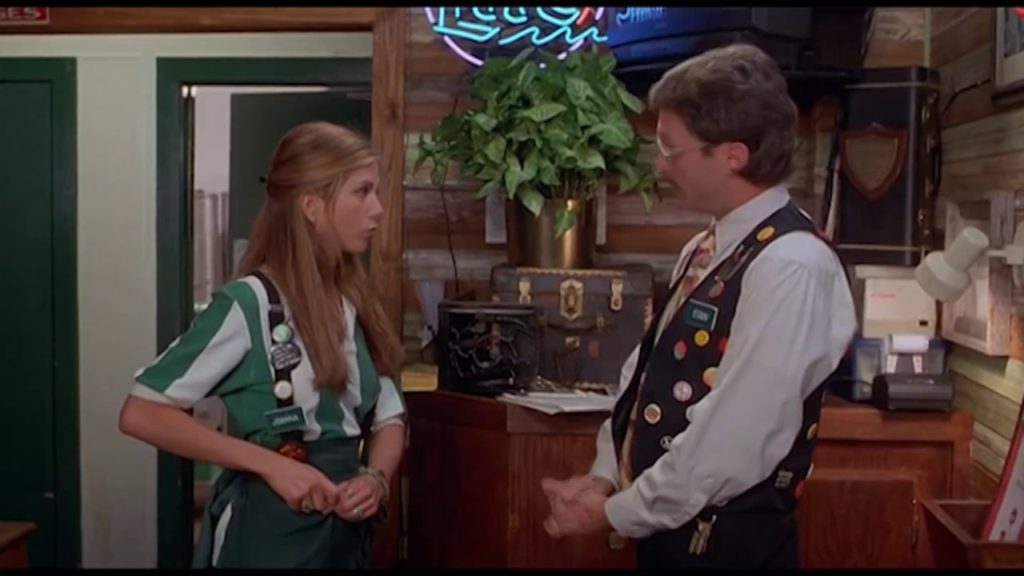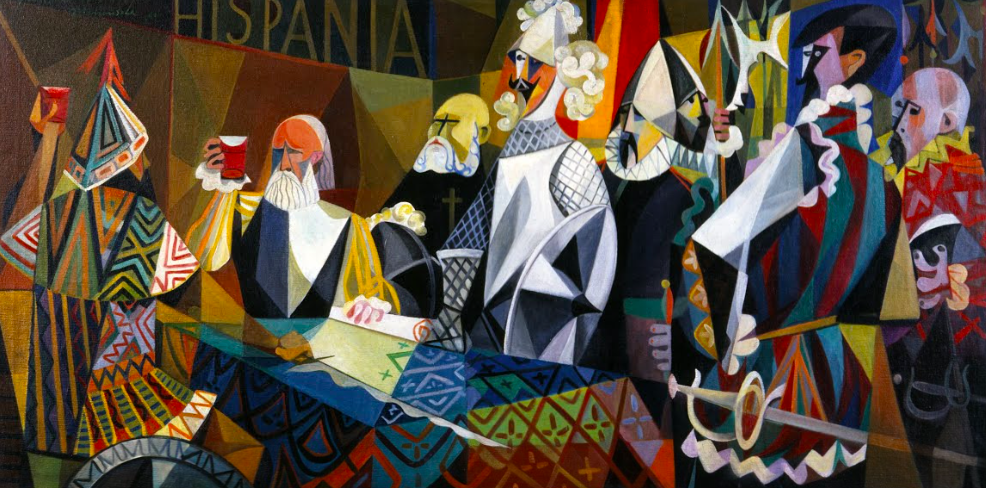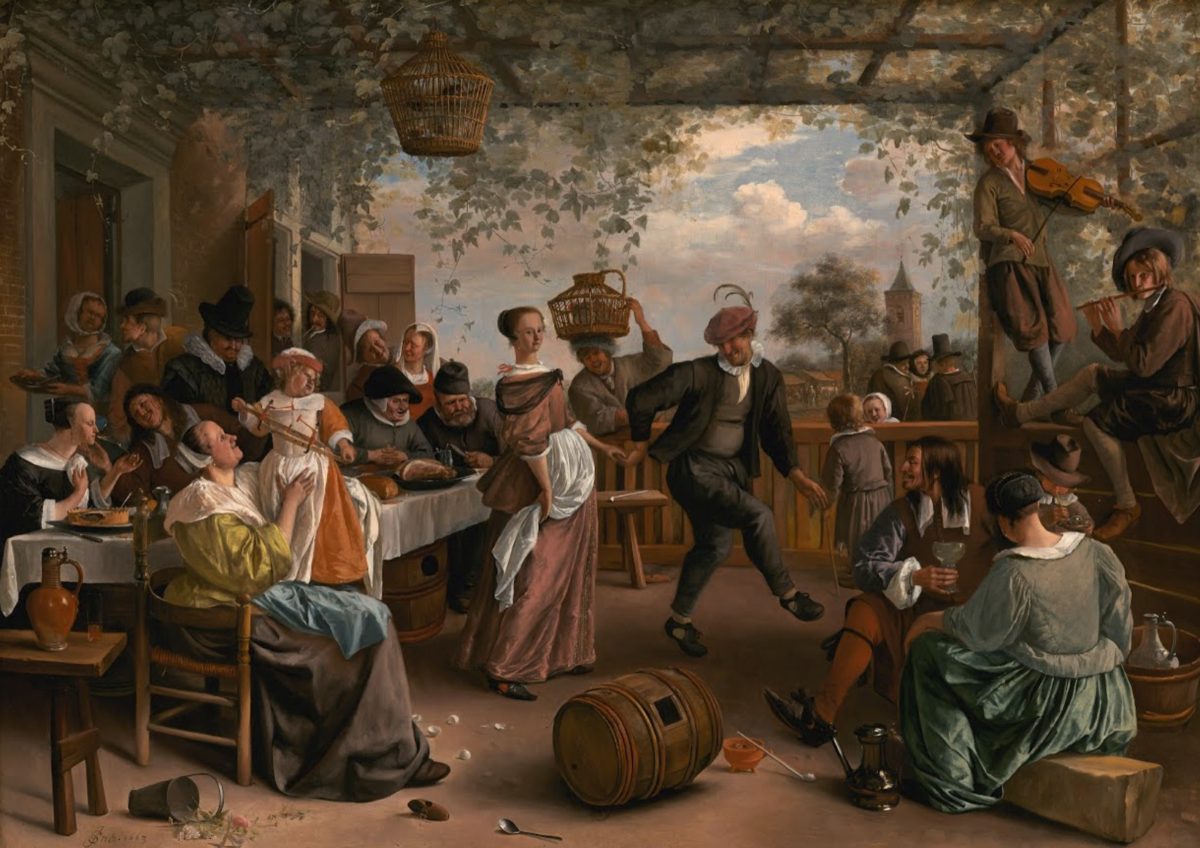I confess my childlike excitement for theme restaurants and bars.
Generally overpriced, often with mediocre service, I so appreciate temporal escape through casual dining and ambiance flair.

I’m reflecting on my attraction to campy destinations after visiting Jock Lindsey’s Hanger Bar in Disney Springs in Orlando, Florida. My nephew works there as part of the Disney College Program, and being part of a global brand renowned for detail and customer service, I’m enthralled by the attention paid in creating such a unique destination.


From the outside, Hangar Bar appears to be a local explorer business / veteran pilot hangout. The facade invites charter seaplane swamp tours amid spare aviation parts, wings and propellors. Once seated at a round booth inside a detailed diving bell, I remarked it feels like we’ve stepped into an Indiana Jones movie. Only then did I realize Jock Lindsey is Indiana’s pilot in the original 1981 film our family just happened to watch a week ago. What a delightful surprise, both in synchronicity and within an experience so masterfully crafted to remind me of its inspiration.
The Walt Disney Company faced disdain when it began acquiring creative rights of huge franchises like Star Wars and Marvel in the 2000s and 2010s. Fans feared the branding machine would not hold true to stories and nerd culture. The genius of acquiring source content is undeniable as these stories weave their way into experiences well beyond film and comic books to theme parks, rides, gaming, apparel and collectible merchandise.
Props to the Imagineering team for developing such an obscure character. The restaurant is filled with Indiana Jones easter eggs like the Peruvian idol along with masculine touches like sturdy aluminum plates, heavy glassware and mechanic shop towels for napkins.
Comfort Food
I remember Chili’s as a throwback to the great chili cook-offs throughout the Southwest. Walls were adorned with vintage signs, tools, bottles and sports gear as well as photos of people mingling in tents and campsites with ribbon winners and champion banners. The modern Brinker version of Chili’s is a bland facsimile with a loyalty award program. When my former Omnicom employer GSD&M had the national advertising account, I recall learning people tend to order the same dish because familiarity is the main appeal of national chains. People expect to get the same dish prepared the way with ingredients sourced from the same factories and distributors.
In the spirit of Keep Austin Weird, an irritatingly funny meme has persisted for years in the r/Austin sub-reddit. The Chili’s at 45th/Lamar is recommended as a top local restaurant for its frosty margs and skillet queso. The joke stands in defiance as Austin matures from hippy cowboy college town state capital to a large metropolitan city with a developing bourgeois food culture. Indeed I do like the chicken soft tacos, chips and salsa.
Threadgills is an institution with Austin as its theme, including live music and Southern comfort fare. Janis Joplin began her career at the original gas station on Lamar Boulevard. The downtown location is built upon the former Armadillo World Headquarters where everyone from Willie Nelson to Frank Zappa to Bruce Springsteen performed. I recall one birthday meal catching the yodeling cowboy Don Walser playing in the main dining room. What a treat to hear a Texas Panhandle legend on a random evening. The menu featured classic dishes like chicken fried steak, cheese grits, catfish, meatloaf, green beans and fried okra with jalapeño cornbread. We always took visitors to Threadgills to get a taste of what made Austin great. Sadly, both locations are now closed.
While a student at the University of Texas, I became a regular at the at TGI Friday’s in the old Radisson Hotel on Town Lake. The two Friday’s in Austin (the other in the upscale Arboretum in the “way north” part of town) were apparently the most profitable in the US during the 1990s. Nostalgic for the Gay Nineties a century prior, this popular chain featured bright red and white striped awnings, hanging ferns, and tables set around a large bar of heavy oak, brass fittings and mirror backing. In college, I must’ve eaten a thousand fried turkey and ham Monte Cristo sandwiches with jelly and powdered sugar. Sweet and savory with high calories, how I once burned them easily.
Friday’s was the last bastion of signature mixed blended drinks for the populous. Their separate drink menu featured scores of smoothies, slides and exotic teas prepared by “mixologists.” As a regular with other dear friends who worked downtown, I am still in contact with my Friday’s bartenders, one of whom is a prominent attorney, the other a GM of another fascinating chain, Top Golf.
I loved everything about Pizza Hut as a kid. The Italian bistro featured red vinyl booths with Tiffany style hanging lights and candles set in Venetian glass holders that we’d blow out as soon as we sat down. “Knock it off,” my dad would act all irritated and relight them with his cigarette lighter tilted so the wax wouldn’t spill. “Here are some quarters, go play Pac-man.”
We played video games until the deep dish pizza arrived, leaving mom and dad to enjoy a pitcher of beer. We drank Dr. Pepper in giant red plastic tumblers. I still recall a class field trip to meet executives in the hut-shaped building in Newton, Kansas. Our local franchise is one of the first in the company’s storied history just a few miles north of the original Pizza Hut in Wichita.
I wish we had the same pizza experience for my kids. The closest I’ve found is Campisi’s in Dallas just south of the SMU campus where I used to work as a valet. Formerly the Egyptian Lounge with alleged mob ties, Campisi’s is a dark room with rich red booths lit by low candles. Jack Ruby ate there, as he frequently did, the night before he assassinated Lee Harvey Oswald in the Dallas Police garage.
I could go on with fun memories at Rainforest Cafe, Showbiz Pizza, Magic Time Machine, Medieval Times, Dick’s Last Resort, Chevy’s, Joe’s Crab Shack, Bubba Gump, Hard Rock and Planet Hollywood.
Austin is rising with its own fast casual chains in Torchy’s, Taco Deli, Rudy’s, Mighty Fine and P. Terry’s. Chuy’s manages to hold true to its quirky mix of Elvis and Tex Mex even as it’s traded on the NASDAQ .
So many concepts stand on their own. Encounter at LAX, Shark Bar, Katz’s, Musso and Frank. Then there are the countless meals on sidewalks and inside markets, kitschy boats and trains. Touristy aquariums, Brazilian churrascarias, French bakeries, Cajun Mardi Gras, Chinese gardens and Irish gastropubs all blend into an American spirit of mixed culture and consumer gluttony.
My appreciation for themed destinations is both in stewardship and systems. I love designers that take care in creating an immersive experience beyond function. And I appreciate the engineering challenges of executing well at scale. When done right, we patrons enjoy a few hours of leisurely respite, the moments that give purpose to a life lived well in companionship.
Feature image is Juan Luna’s Blood Compact by Vicente Manansala (1962) at the Fukuoka Museum in Japan. It’s a cupic adaption of the Filipino artist’s original depicting the 1565 pact between Bohol islanders and Spanish conquistadors, a friendship expressed over food and wine.

